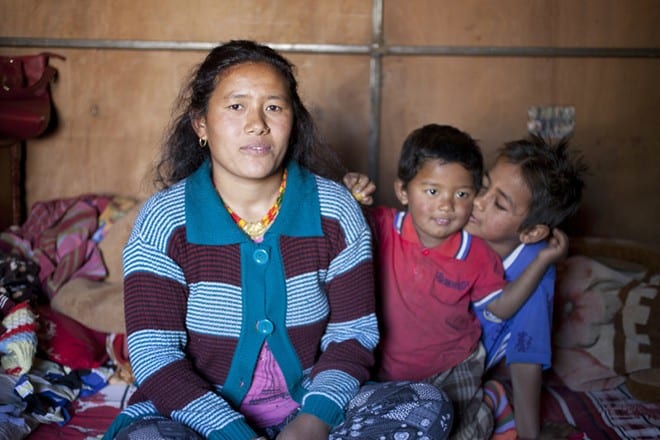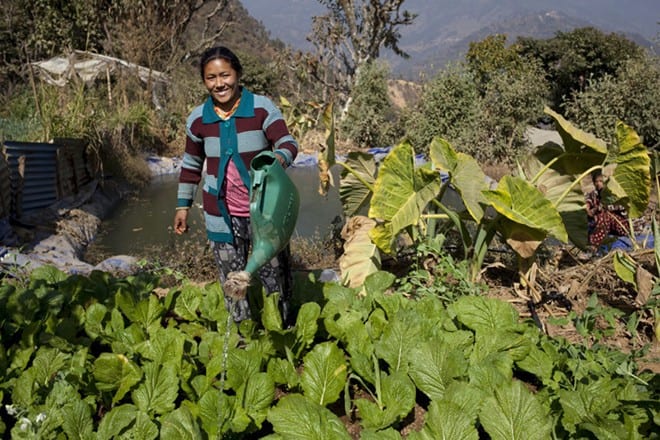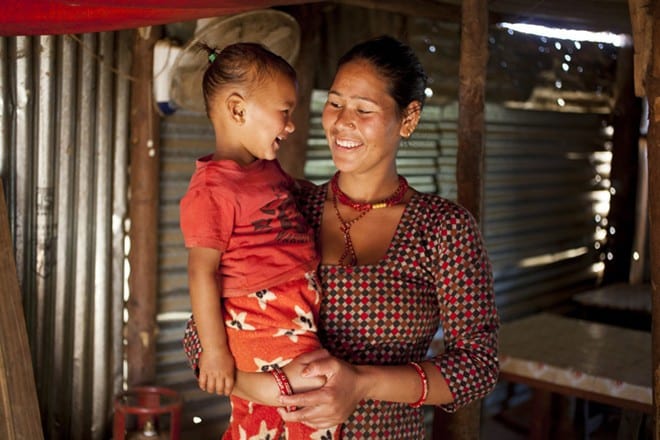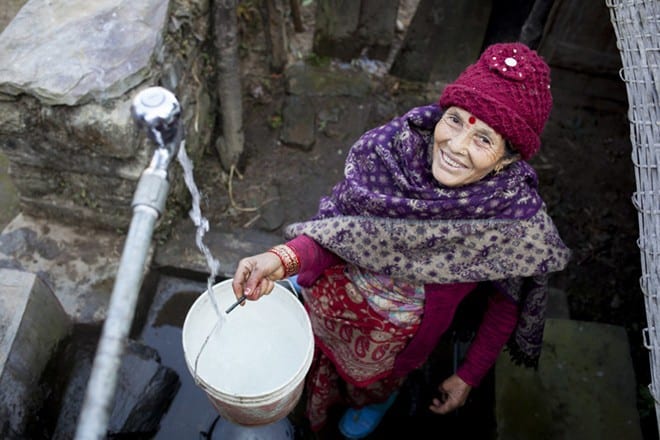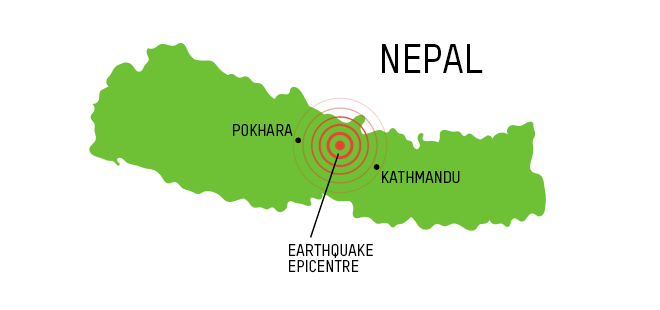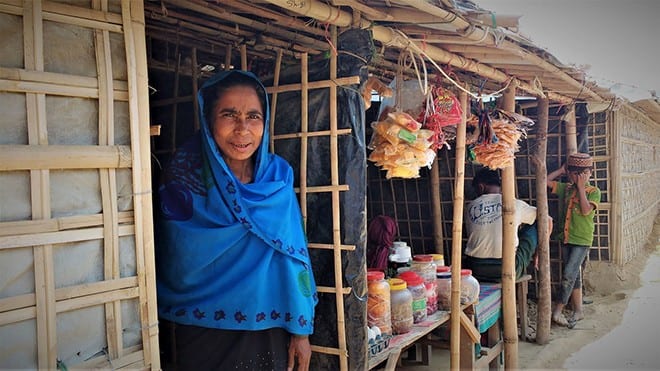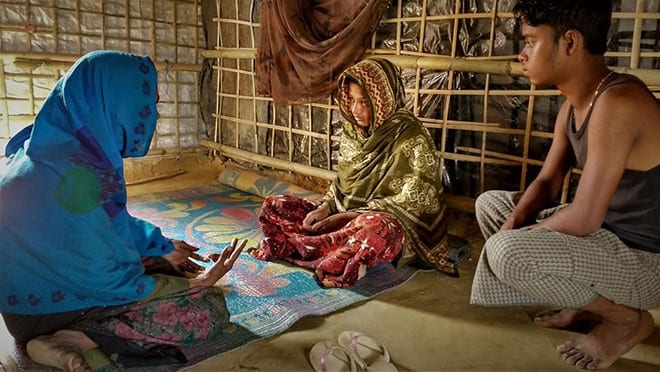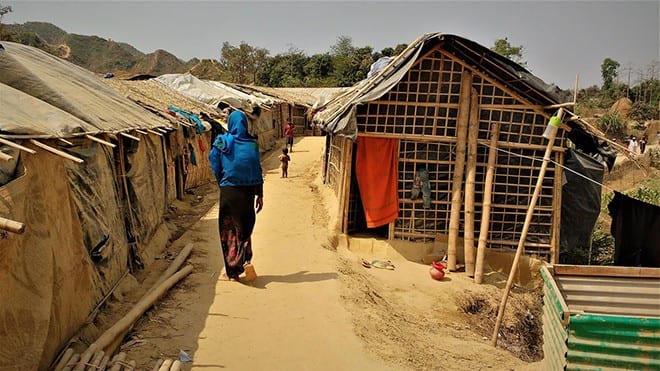Thirty years on from the commitments enshrined in the Beijing Declaration and Platform for Action (BPfA) this briefing reveals a picture of broken promises and unfulfilled ambition by States. This failure is not just due to a lack of political will, but also an economic system that is unequal by design. A range of right-wing, religious, and conservative actors around the world are capitalising on persistent crises, to reorient state power towards a reassertion of racist and sexist profit-driven systems that favours the wealthy, privileges men, and harms and disadvantages women and LGBTQIA+ people in the name of ‘traditional’ family values. This diminishes governments’ capacity to protect, respect, promote, and fulfil bodily autonomy and sexual and reproductive health, rights and justice. As world leaders prepare to review their commitments to the BPfA, the consolidation and mainstreaming of these anti-rights movements risk eroding the hard-won gains of feminist, LGBTQIA+ activists and movements, ultimately breaking the social contract between the state and people.
Read report here.





